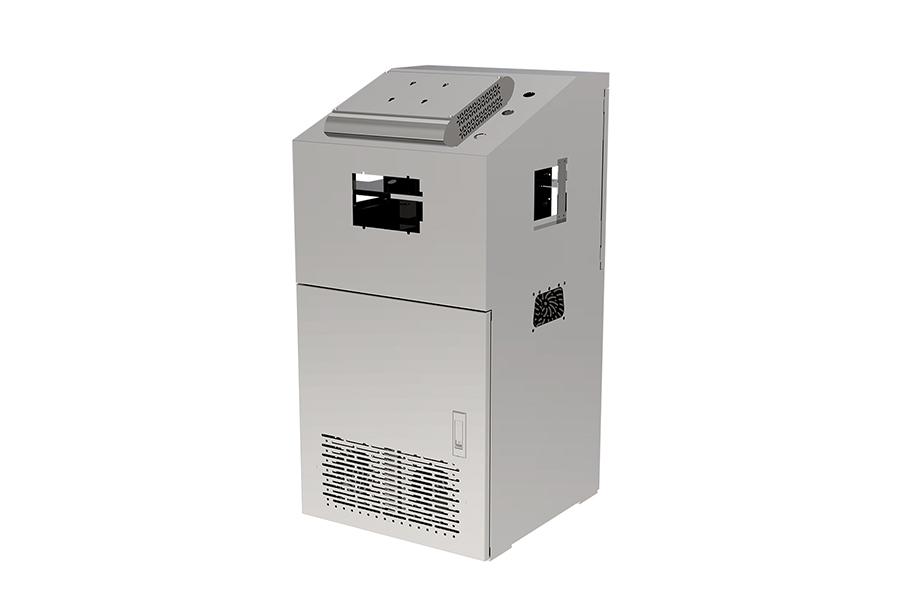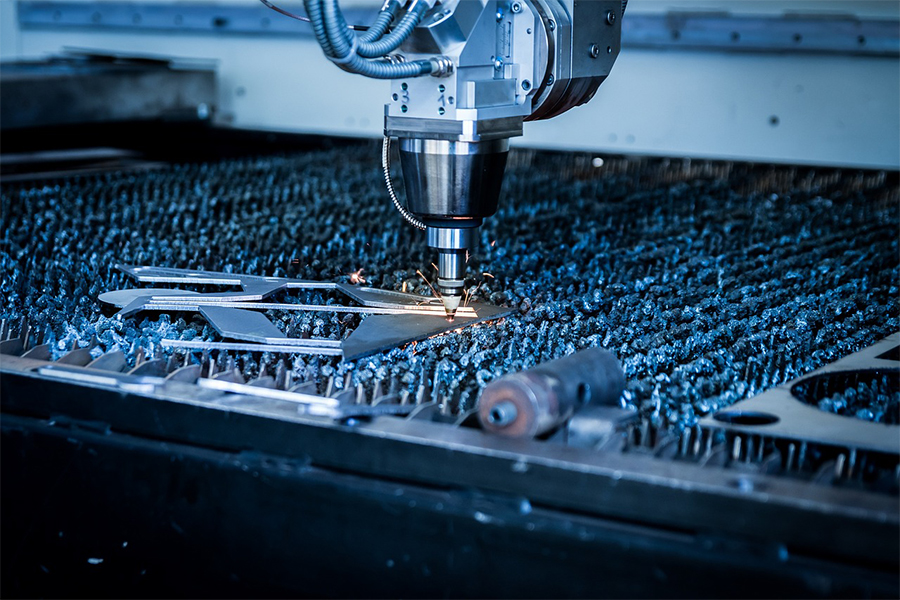
¿Cómo se puede aumentar la tasa de uso de material en el procesamiento de chapa metálica?
Tiempo de lanzamiento:2025-05-02 Haga clic:157Los gastos de material pueden representar una parte significativa de los costos de fabricación en la industria del procesamiento de chapa metálica. Por lo tanto, aumentar el uso de material en el procesamiento de chapa metálica puede impulsar la competitividad y las ventajas económicas de una organización, además de reducir los gastos. Las técnicas para aumentar el uso de materiales de chapa metálica serán el tema principal de discusión, utilizando como ejemplo el procesamiento de componentes de impresoras de inyección de tinta.

Diseño y corte razonables
Un primer paso crucial para aumentar el uso de material es el corte y el diseño. Se puede utilizar un software de diseño profesional para procesar componentes de impresoras de inyección de tinta de forma racional y científica, teniendo en cuenta el tamaño y la forma de las piezas. Para minimizar el espacio en blanco entre las láminas, por ejemplo, se mezclan piezas de diversas formas con cuidado para colocarlas lo más apretadas posible sobre la lámina. De esta forma, se puede reducir la producción de desperdicios y aumentar significativamente la eficiencia del uso de la chapa metálica.
Optimización de la tecnología de procesamiento
Mejorar el uso de material también requiere optimizar las tecnologías de procesamiento. Seleccionar un procedimiento de corte adecuado puede reducir significativamente las pérdidas por corte durante la fabricación de chapa metálica de acero inoxidable. Por ejemplo, el corte láser ofrece mayor precisión e incisiones más pequeñas que las técnicas convencionales de corte o estampación, lo que puede ayudar a reducir el desperdicio de material. Para evitar una mayor pérdida de material por sobreprocesamiento y garantizar que cada etapa del proceso sea precisa y eficaz, los parámetros de procesamiento deben gestionarse adecuadamente durante toda la operación.

Reutilización de recursos sobrantes
Es inevitable que se produzcan materiales sobrantes durante el proceso de producción de chapa metálica. No basta con considerar estos materiales sobrantes como basura. Estos materiales pueden utilizarse para tratar algunos de los componentes más pequeños de las impresoras de inyección de tinta. Por ejemplo, se pueden fabricar placas adecuadas con materiales sobrantes para su procesamiento, y algunos soportes y conexiones diminutos para impresoras de inyección de tinta tienen requisitos de tamaño de material comparativamente mínimos. Esto aumenta la tasa general de utilización de material al permitir el uso secundario de los recursos sobrantes.
Mejora la garantía de calidad
El desperdicio de material causado por fallos de procesamiento se puede prevenir con un estricto control de calidad. Para garantizar que cada componente se procese de acuerdo con las especificaciones de diseño, mejore el control de calidad del procedimiento de procesamiento durante la manipulación de los componentes de las impresoras de inyección de tinta. Reduzca el desperdicio de material ajustando rápidamente la técnica de procesamiento o la configuración del equipo para evitar un alto número de productos descalificados cuando se detecten problemas como desviaciones dimensionales y defectos superficiales durante el proceso.
Es necesario abordar diversos factores, como la disposición del material, la optimización de la tecnología de procesamiento, el uso de material residual y el control de calidad, antes de aumentar la tasa de utilización de material en el procesamiento de chapa metálica. Con estas medidas, podemos reducir los gastos y aumentar la eficiencia de la producción en el procesamiento de componentes para impresoras de inyección de tinta, así como en otras industrias como el procesamiento de chapa metálica de acero inoxidable. No dude en contactarme si tiene alguna otra pregunta sobre el procesamiento de chapa metálica, incluidas las propiedades de los distintos materiales.
Productos de venta caliente